1. Origin & Inspiration
Q: Can you tell me about the story behind the tablecloth used in this gown?
A: Each gown begins with a tablecloth that holds history—whether from a bride’s family collection, a local flea market, or an antique dealer here in Italy. Some pieces date back to the 1920s or earlier. They often carry the texture of a well-lived life, from Sunday meals to family celebrations.
Q: Was it a vintage piece, heirloom, or sourced from a local market in Italy?
A: All of the above. Italy has an abundance of high-quality vintage table linens. In places like Arezzo or Florence, you’ll find markets overflowing with hand-embroidered linens, many passed down for generations. Younger Italians and foreigners alike are now embracing these forgotten treasures and giving them a new life.
Q: What makes vintage or antique table linens ideal for wedding dresses?
A: The craftsmanship. These linens are often handmade with intricate lacework, monograms, or hemstitching you rarely find in modern textiles. The cottons and linens used are durable, breathable, and perfect for summer. And most importantly, they carry soul.

2. Design Process
Q: Who designs the gowns made from these repurposed materials?
A: The designs are a collaboration between our lead bridal designer and the bride. We tailor the dress concept around the fabric’s strengths—placing lace borders along hems or transforming monogram corners into bodice details. It’s truly couture.
Q: How do you preserve the original beauty of the fabric (like embroidery, lace, monograms)?
A: We start by studying the textile’s layout and motifs. We never cut into a monogram or a central embroidery unless the bride agrees. In many cases, we place these details in focal areas—like a corset back or a train. Each decision is intentional.
Q: Are the dresses designed specifically for summer weddings? How does the design reflect the season?
A: Yes. Italian summers can be warm and sun-drenched, so our silhouettes are light and airy. Think open backs, short sleeves, breathable linings, and detachable overskirts. The natural linen and cotton keep brides cool and radiant.
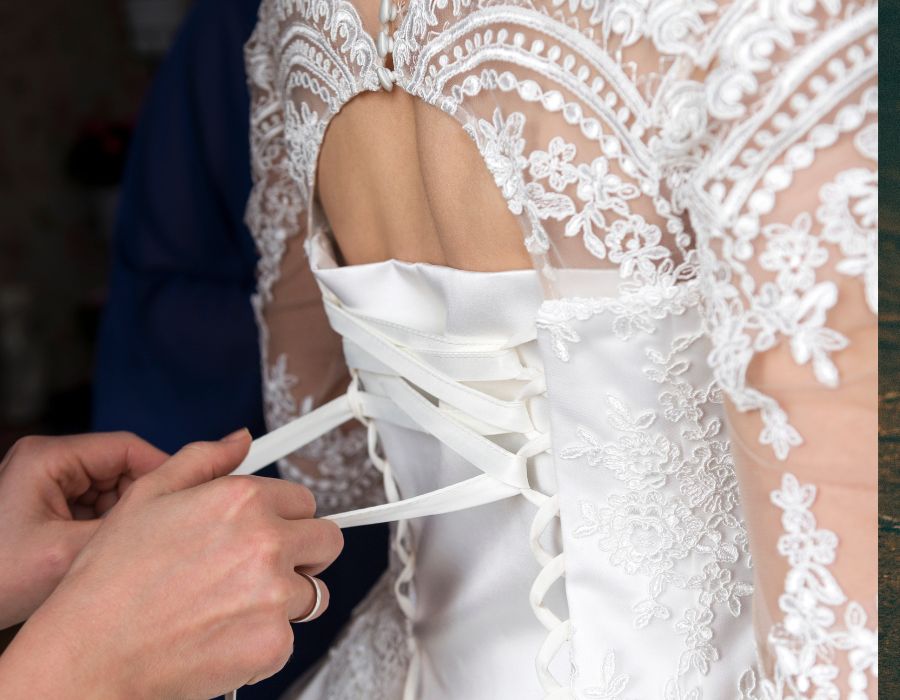
3. Tailoring & Craftsmanship
Q: Who is responsible for tailoring the final wedding gown? Is it done in-house or in collaboration with local artisans?
A: All tailoring is done locally, either in our own atelier or in partnership with skilled seamstresses in Tuscany. Italy has no shortage of textile artisans—we’re lucky to work with women who’ve been sewing since childhood.
Q: How many hours does it typically take to transform a tablecloth into a fully wearable, bridal gown?
A: Depending on the complexity, anywhere from 50 to 100 hours. It’s a meticulous process, especially when preserving detailed embroidery or adapting fragile sections.
Q: What are some of the technical challenges involved in working with vintage fabric?
A: The biggest challenge is fabric condition—some linens may be brittle or discolored. We carefully clean and reinforce areas as needed. Also, there’s no margin for error: once you cut into antique lace, you can’t replace it.

4. Personalization & Sentiment
Q: Do brides bring their own family tablecloths or do you help them source one?
A: Both. Some brides come to us with heirlooms—grandmother’s tablecloths from their trousseau. Others choose from our curated collection, which we source from antique markets across Italy.
Q: How do brides react when they see their family heirloom turned into a dress?
A: It’s incredibly emotional. We’ve had tears of joy and heartfelt stories shared in fittings. One bride said she felt like she was bringing her nonna to the altar with her.
Q: Are there any symbolic elements (e.g. keeping stains, embroidery initials) that brides request to keep?
A: Absolutely. Some brides ask us not to bleach out faint wine stains or preserve stitched initials exactly as they are. These “imperfections” are memories—part of the charm.

5. Sustainability & Trends
Q: Why do you think more brides are choosing vintage textiles for their weddings?
A: It’s personal, meaningful, and sustainable. Instead of a cookie-cutter gown, brides get something with history and heart. Vintage materials also align with the growing desire to consume less and treasure more.
Q: What role does sustainability play in your design philosophy?
A: It’s at the core. We’re not just making dresses—we’re rescuing forgotten beauty from storage trunks and giving it new purpose. Every gown is a celebration of slow fashion and thoughtful living.
Q: Do you see this as a growing trend in Italy, especially for destination or countryside weddings?
A: Definitely. In regions like Puglia, Tuscany, and Umbria, couples are embracing rustic elegance. Brides want something bespoke, affordable, and unique. Our gowns can even be worn again—shortened into summer dresses or christening gowns.
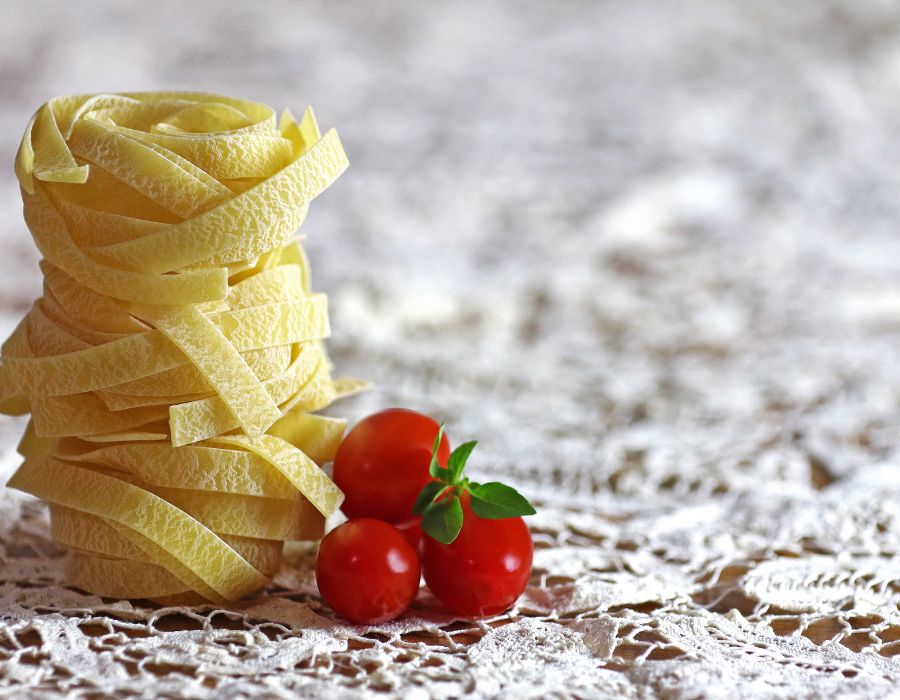
6. Cultural & Local Context
Q: How does the Italian summer wedding scene influence your choice of fabric and style?
A: Lightness is key. We choose breathable cottons and linens that move beautifully and don’t cling in heat. Styles reflect the countryside: soft, romantic, and often designed to be worn barefoot on olive farm lawns or under vineyard canopies.
Q: Are there particular regions in Italy (e.g. Puglia, Tuscany) where this trend is more popular?
A: Yes, especially in Tuscany, Puglia, and parts of Umbria. These are popular for rustic-chic or countryside weddings, where the aesthetic is grounded in heritage, nature, and intimacy. Vintage tablecloth gowns blend perfectly into this setting.


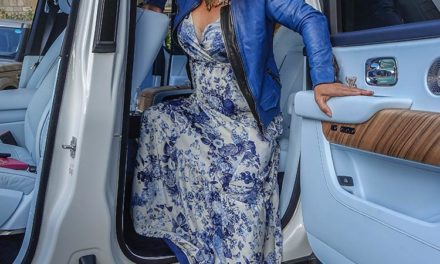
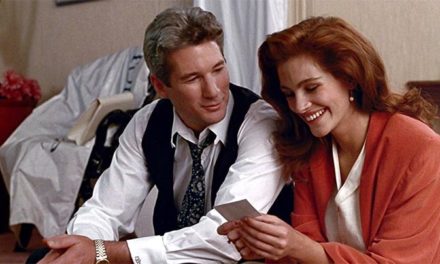


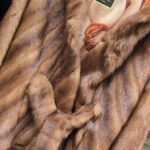


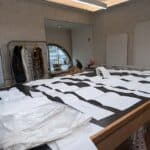






You must be logged in to post a comment.